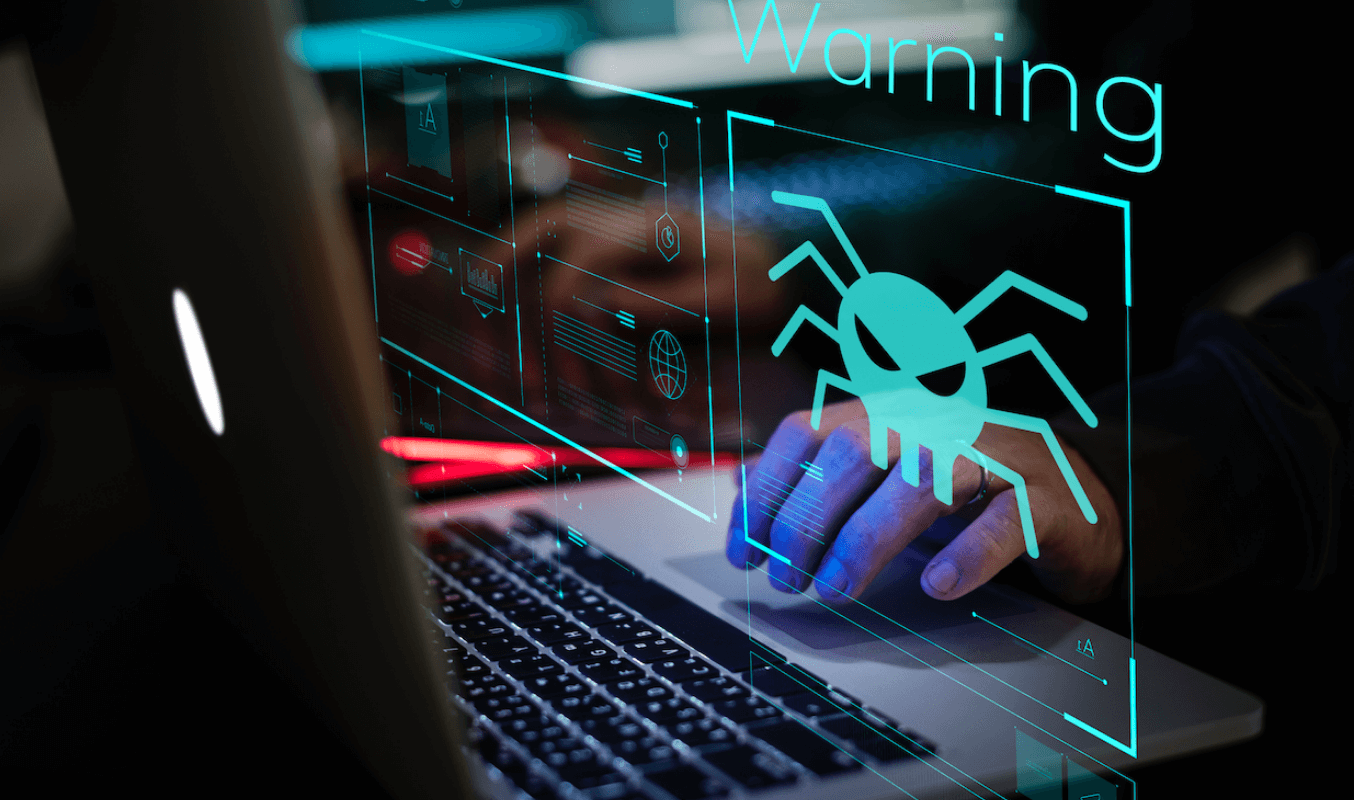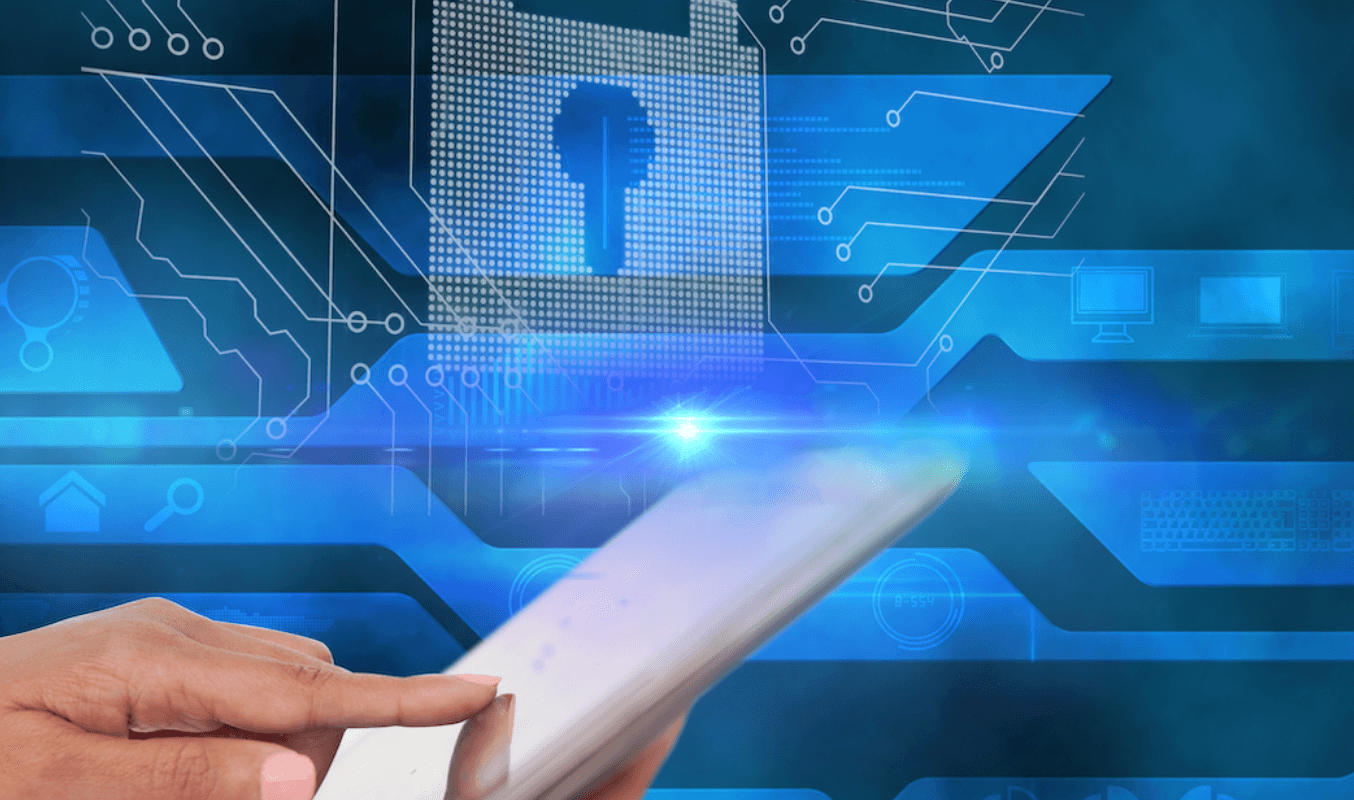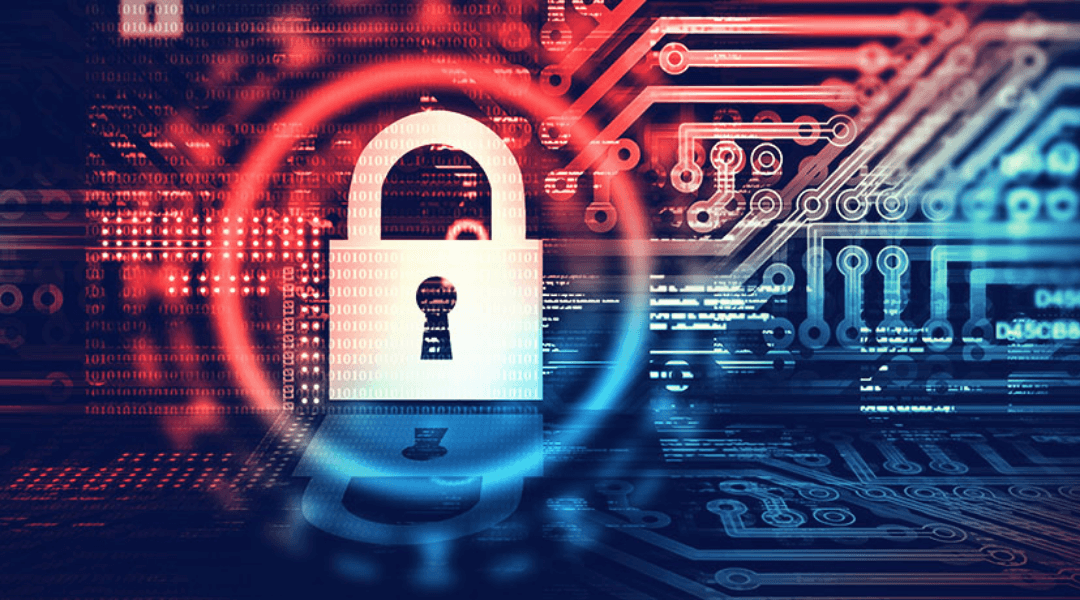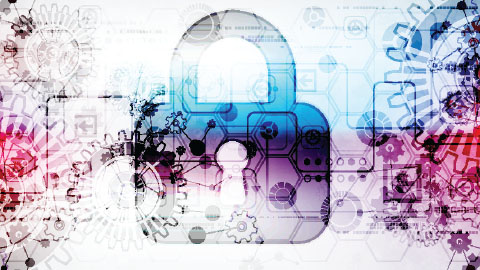As individuals and organizations progress into an era where they are more exposed and reliant on digitalization and the internet of things (IoT), vulnerabilities and threats may surface and leave them unaware. There is a need to watch out for cybercrime trends to mitigate risks carried by the dependency on technology.
Major Cybercrime Trends to Prepare for in the Next Years
According to CSO Online, damages caused by cybercrime were estimated to hit the $6 trillion mark in 2021. Experts predict cybersecurity spending to exceed the trillion-dollar threshold over the next five years. With financial repercussions reaching all-time highs, it’s of utmost importance to stay ahead of the curve and note the new wave of cybercrime trends that are expected to blight the business landscape for years to come.
Read: The Evolution of Cybersecurity, Cybercrime, and Technology
The Growth of Malware and Ransomware
Malware and ransomware remain some of the biggest cybersecurity threats in our world today, both experienced by individuals and organizations. While malware and ransomware are similarly characterized by self-installing on a computer and running in the background, they differ in what they steal and how they present themselves.
Malware stays hidden while stealing valuable information, whereas ransomware immobilizes the victim’s machine, encrypts files, and notifies the user of a ransom demand in order to regain the key to decrypt the files.
Ransomware has been considered today as a global problem as cases have been rising, especially in 2021 — from 115.8 million attacks in Q1 to 188.9 million cases in Q2. Europe and North America have recorded the highest volume of attacks with the government as the most targeted sector.

While the trend of big data breaches will continue, research from MIT suggests ransomware aimed at hacking cloud services is likely to be a new development. This is because of the growing trend of adopting cloud computing services among businesses today and the large amounts of sensitive data stored by these services.
While the growth of ransomware and malware can be attributed to cybersecurity and geopolitical facets, it is still important to account for the increasing reliance of businesses on digital infrastructure. The transition to digital transactions made it easier for ransomware gangs to execute the attacks.
Phishing is a Gateway to other Cybercrimes
Another significant threat to cybersecurity is phishing, where an attacker disguises itself as a trustworthy entity to obtain sensitive information such as usernames, passwords, and credit card details. As phishing is one of the easiest forms of cyber attack to carry out, the frequency of the attacks rose to over 2.1 million cases as of January 2021 from 1.7 million attacks in January 2020.
Cybercriminals have learned to design phishing attacks to play on the audience’s internet behavior — deceiving their authenticity and eventually leading the users to enter their personal information. For example, a phishing email might claim to be from a bank and instruct users to log in to their account to verify personal details in order to prevent their accounts from being closed. However, the link goes to a fake website that is difficult to distinguish from the real one where their login and personal details are then captured for malicious ends — ransomware, data breach, or fake accounts.

Phishing might look like a basic form of a cyber attack, but the simple fact of the matter is that it works. 90% of all data breaches occur as a result of credentials stolen using a phishing attack. Recently, cybercriminals have shifted their focus to spear phishing which, instead of sending generic emails to thousands of people, contains more targeted messages to specific individuals within an organization.
These specifically crafted messages serve as the key for cybercriminals to initiate high-profile cyberattacks. Successful targeted attacks have impacted organizations worldwide with consequences, such as compromised accounts, ransomware, data breach, malware, and financial loss.
The Popularity of Cryptojacking or Cryptocurrency Mining
With the impact of the COVID-19 pandemic, individuals are restricted to work in the physical office, thus there has been a surge of utilizing computers at home. At this very moment, your computer might consume valuable memory and processor power — while bumping up your electricity bill in the process — to generate money for someone else without you ever knowing. This phenomenon is called “cryptojacking”.
Given the meteoric rise of cryptocurrencies, like Bitcoin and Monero, that rely on computing power to earn new coins, cryptojacking or cryptomining has become an increasingly popular way for cybercriminals to extract money from their targets.

One of the most popular ways to execute cryptojacking is to find a vulnerable website and inject a script to run the code in the victims’ computers. Some scripts have worming abilities allowing them to infect other servers. This results in the unwitting enslavement of unprotected website visitors to mine cryptocurrency for the hackers.
The adverse effects of cryptojacking extend beyond the exploitation of one’s computer and electricity — the mining can slow down some hardware, overhead components, and in some cases render the machine unusable. Cryptojacking puts organizations’ entire networks at risk while jacking up cloud usage and operating costs.
Why is cyptomining becoming popular? Cyberattackers whose intent is to profit from cybercrimes often turn to cryptojacking as it poses lesser risks than executing ransomware. Anonymous cryptocurrencies are available, such as Monero and Zcash, that allow more freedom for the hackers. Moreover, cryptomining scripts can go undetected for a long time and can infect several servers and devices — continuously generating money and making it more profitable than a ransomware payment.
Data Hijacking is Evolving
Given the ever-increasing dependence of today’s generation on the internet for various activities such as social media, online shopping, and bank/fund transfers, more organizations are getting access to the personal information of their clients. These include personal bank accounts, credit card numbers, passwords, addresses, and even medical records.

Organizations now have the additional burden of ensuring the security and integrity of the data they hold, all while giving the cybercriminals a new and bigger target. The advancements and digitalization of processes also lead to the evolution of data hijacking. There are many forms of cyber hijacking, such as browser hijacking and domain hijacking, thus it is important to revisit the cybersecurity efforts of the organization and strengthen aspects that need protection. Furthermore, it is necessary to educate employees on cybercrime trends and cybersecurity to prevent these breaches.
Read: How to Mitigate Cybersecurity Risks During a Crisis
Battle Cybercrimes with a Secure Digital Solution
This new wave of cyber threats, coupled with increasingly strict data regulation laws, compel individuals and businesses alike to step up their security and data protection game — or fall prey to increasingly debilitating attacks. With the Internet of Things (IoT) projected to explode to 200 billion devices in the coming years, the need to keep our interconnected networks secure has never been greater. After all, a breach in one may lead to a breach in all.
To further protect your organization from data breaches and cybercrimes, especially at the boardroom level, use secure digital software. Convene is a secure board management and meeting software that allows boards to hold secure virtual meetings and protects confidential documents through high-grade encryption and security measures, such as multi-factor authentication and access controls.
Discover more about the advanced security features of Convene, the trusted meeting management software worldwide.
Ahmed is a cybersecurity analyst at Convene. He is well-versed and has experience creating information security and contingency plans to protect against attacks. Ahmed also provides useful vulnerability and threat analysis, while recommending viable software solutions.










